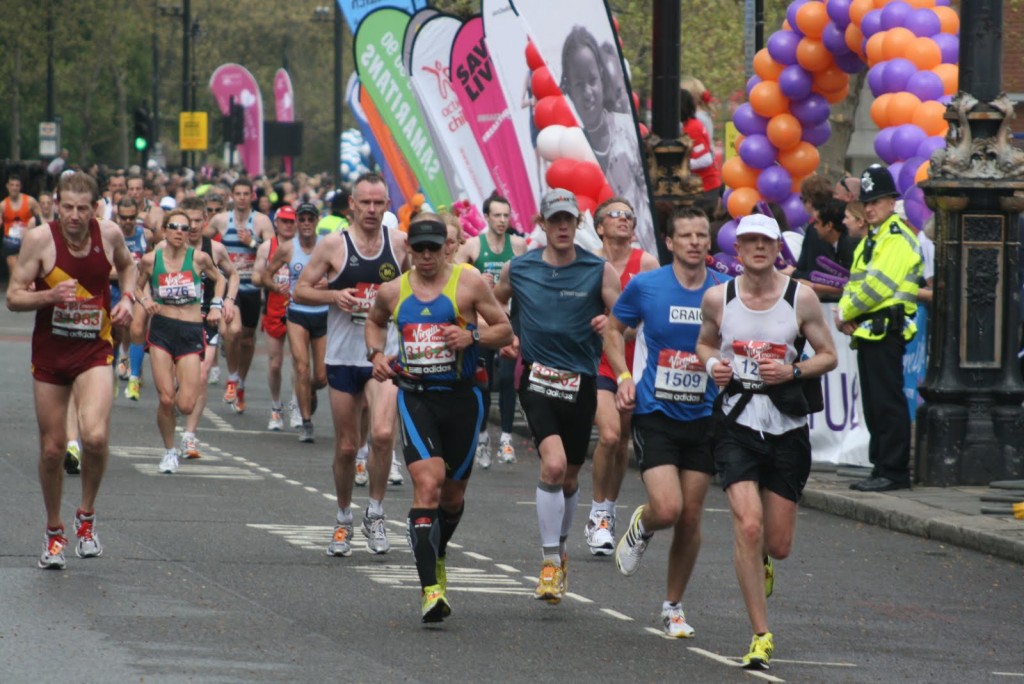You’ve just dragged your body around a grueling 26.2 miles – how are you going to recover?
Post-marathon: days one to three
Depending on the type of athlete you are, we would generally say don’t run during this period. Of course, if you’re a bit of a Dean Karnazes, you’ll most likely ignore this piece of advice and get back out the next day.
For the majority though, we advise no running. If on day three you’re getting itchy feet and feeling like you need to get out and be active, a light bike ride or swim is OK, but nothing more.
Nutrition is just as important as resting in the aftermath of a marathon; you’ve run such a long way that your body is still going to be recovering. Plenty of protein and carbohydrates will help speed your recovery, as well as drinking lots of clear liquids.
Your muscles may be aching, and giving them a light massage will help ease the pain and speed recovery. We must stress the word light, as your muscles are trying to recover so severe stress or pressure may lead to a longer recovery, or worse, injury.
Post-marathon: days four to six
During one of these days it’s safe to go back out for your first run, but make sure it’s a 5K only. This is simply to get the blood flowing around your legs again and get the cogs working – it’s not meant to be a workout
If there are still areas bothering or niggling you, it’s best now to get a deep tissue massage. You don’t want to be carrying anymore niggles or slight pain after day six, so really try and get this sorted.
Other good ways to help muscle recovery are to soak in a warm bath for about 15 minutes, an hour before bedtime, then use a foam roller or a muscle stick on your legs. After this, it’s really key to stretch out: a good stretching session will take ten minutes, but it’ll definitely be worth it.
Post-marathon: days seven to ten
During this period you can start to up the mileage a little bit and maybe increase your distance to 10K. Again, it’s relative to each runner, so it’s better for you to judge.
You will notice your pace will start to come back, but it’s important not to push yourself 100%. This is just in case those little niggles turn in to injuries, let’s just get back on the road with a good pace and get the blood flowing and the muscles working.
It’s still important to carry on with your stretching, as well as your foam rollers and muscle sticks.
Post-marathon: days ten +
At this point you should be good to resume your full training and work harder then ever. Your body has gone through hell and back again, and now it can go even further.
This does go without saying, however it is crucial to point out that if you still feel niggles or injuries you shouldn’t resume full training. If these injuries extend further then it’s worth consulting your local GP.







